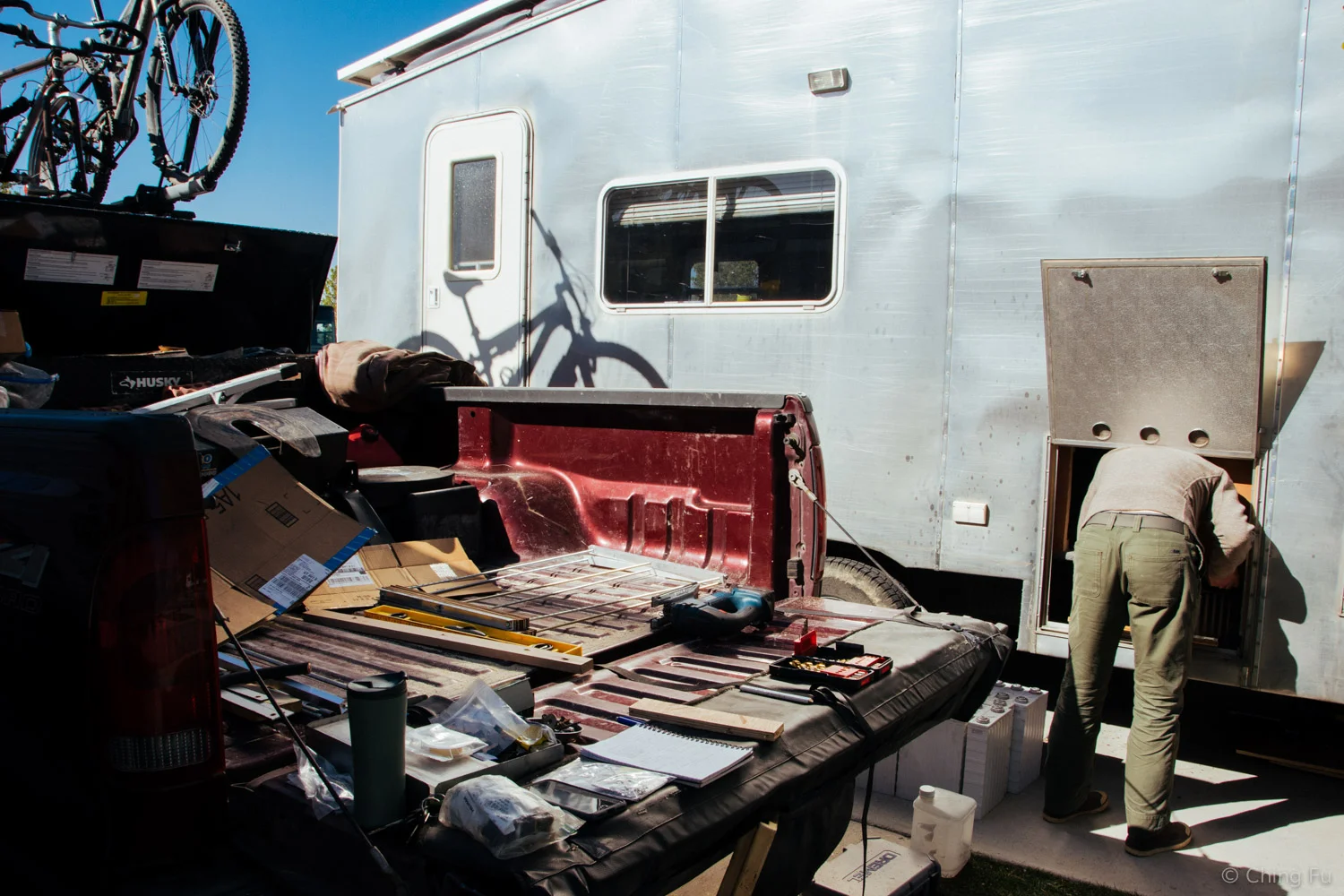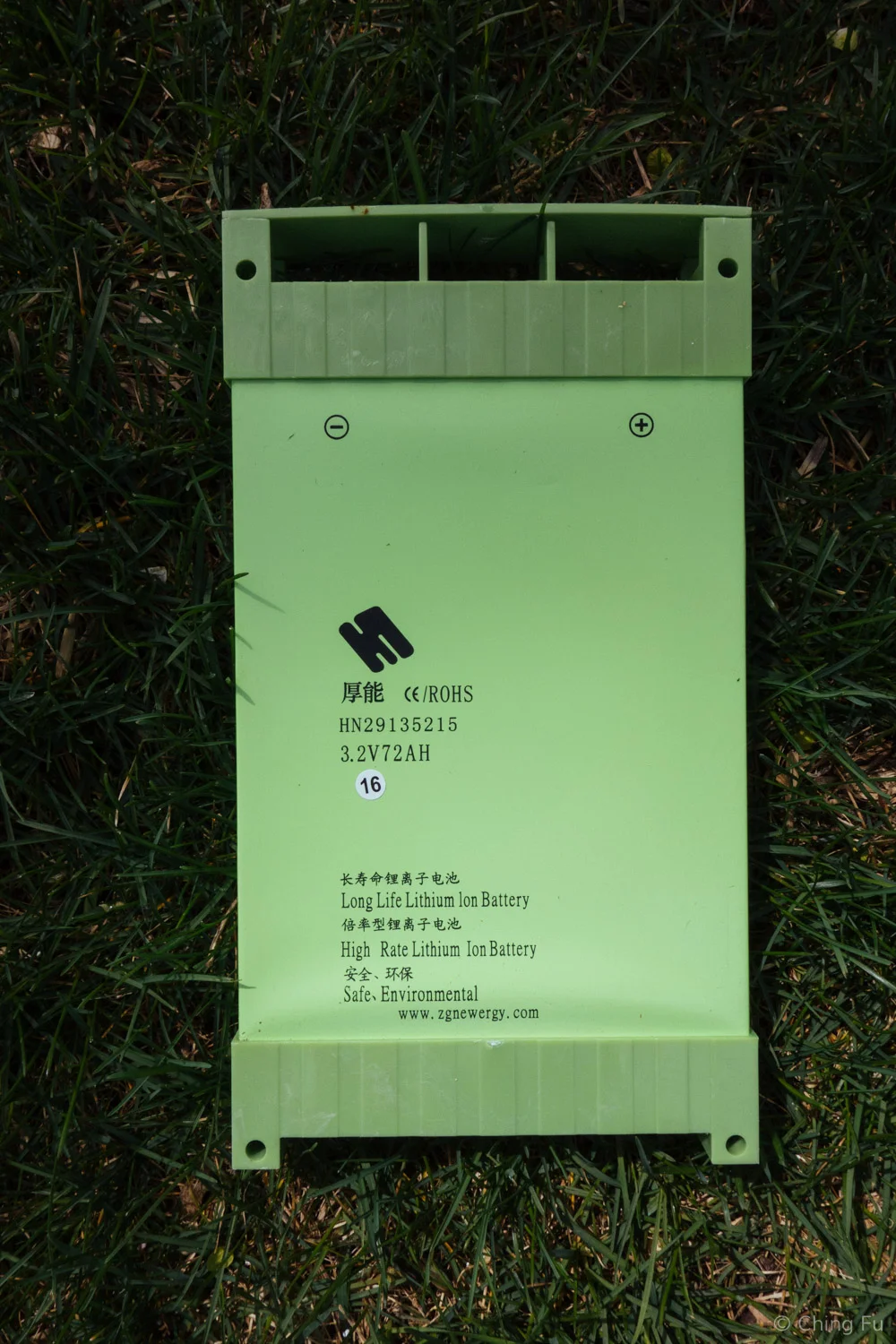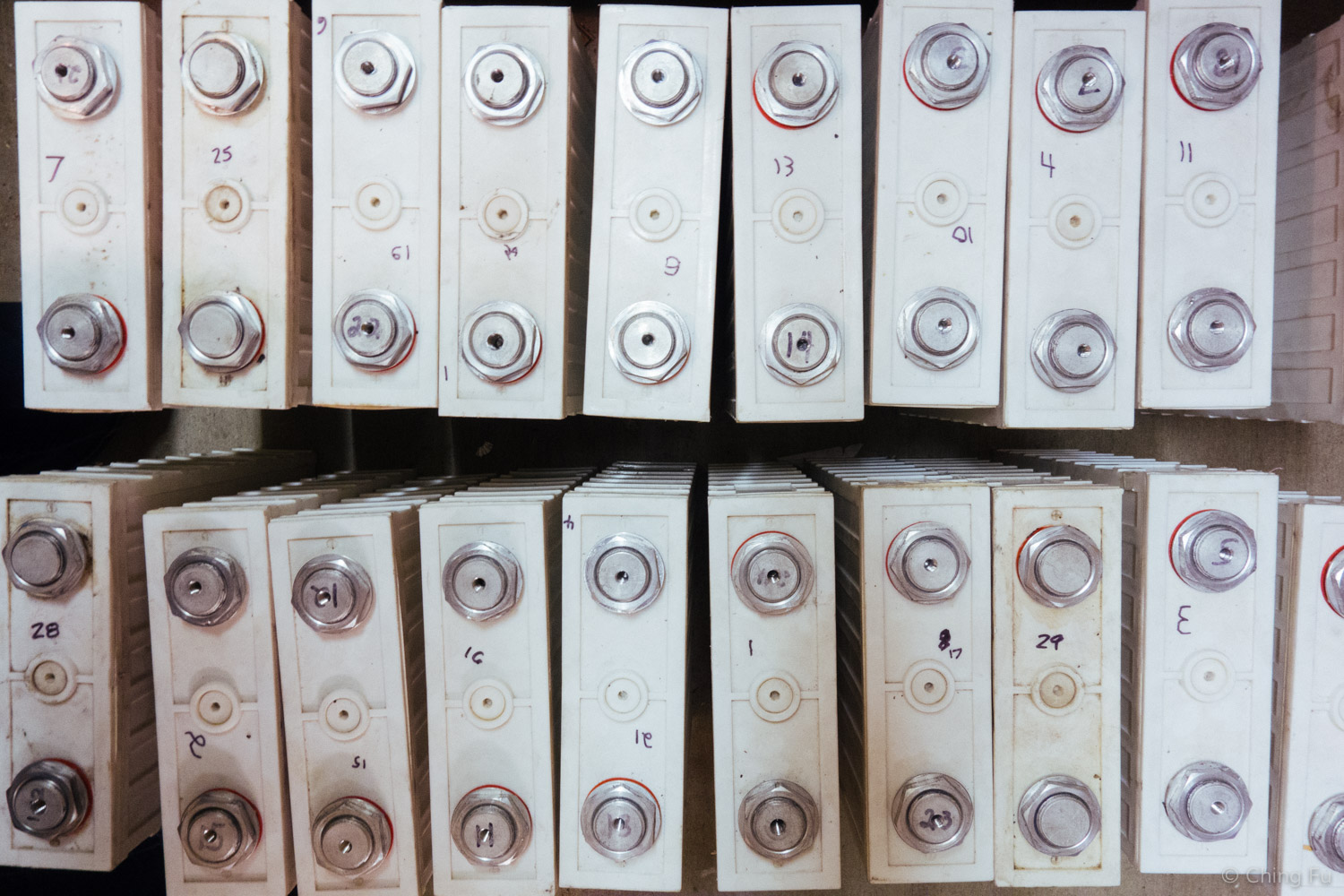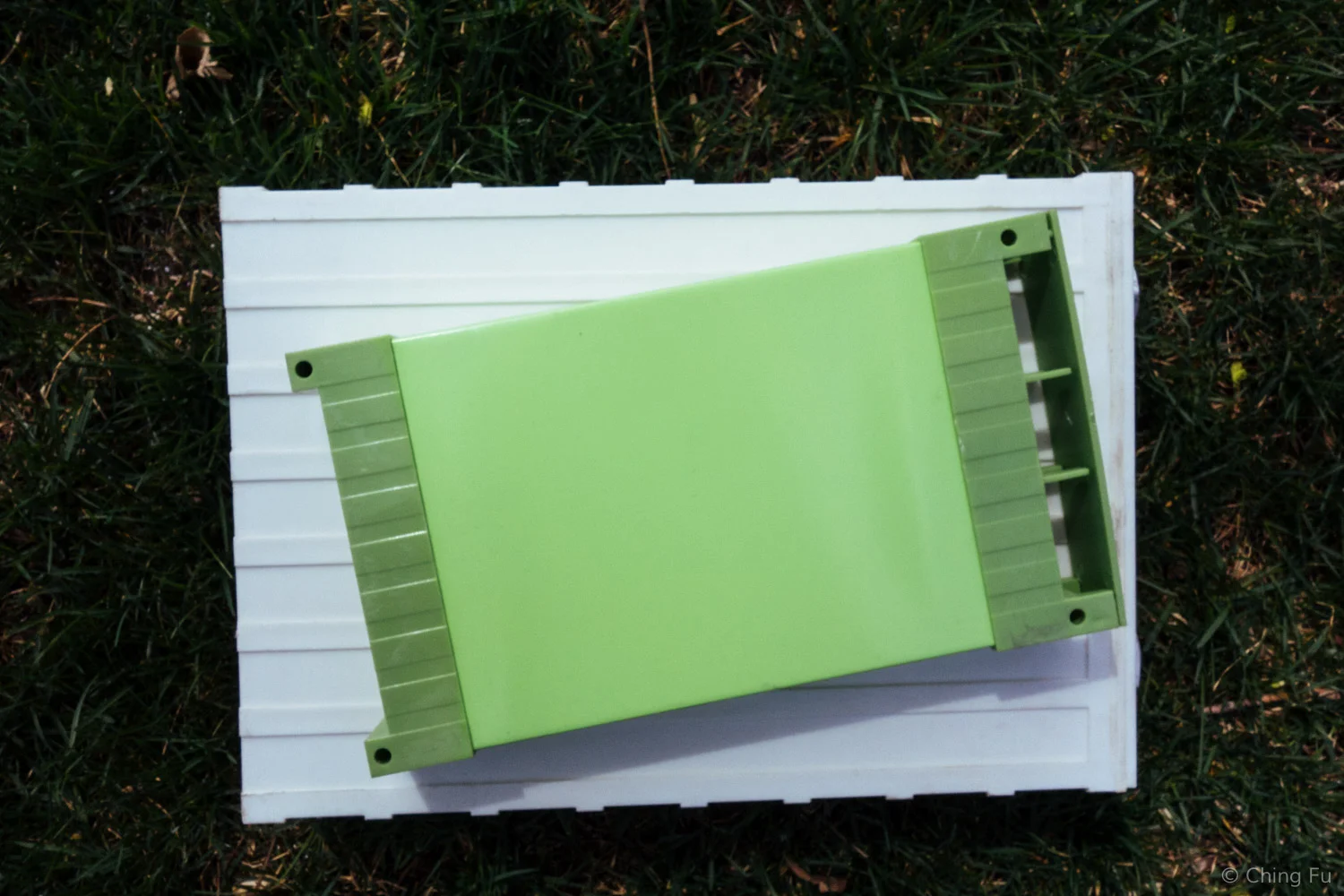How Can We Afford Lithium Batteries?
Every time I come across RVers who have switched to lithium batteries, the first question that comes to mind is: how the heck can they afford lithium batteries? It’s no secret that they are expensive! Lithium batteries can cost anywhere from $5,000 to $8,000. So then, how the hell did we afford them?
Two things: Jerud and Electric Car Parts Company.
JERUD
With a mechanical engineer background, Jerud is a hands-on, do-it-yourself, I-love-projects type of person. It’s because of him and his brain that we’re living in an all-solar rig without having spent an insane amount of money.
The $5,000 - $8,000 I mentioned above is the cost for an RV solar installer to design, supply all the materials, and install the batteries. To save us a lot of money, Jerud did all that himself.
Electric Car Parts Company
Electric Car Parts Company is the other half of the reason we were able to afford lithium batteries. Jerud found them after he decided that he would build the battery packs himself. This company, based in Salt Lake City, only provides lithium batteries and parts. They don’t do any installation. But their battery prices are so much better than any other company Jerud found.
After exchanging several emails and phone calls, we decided to drive out to Salt Lake City and visit Carl, the owner of Electric Car Parts Company.
New Energy vs. HiPower Lithium Batteries
We were originally interested in purchasing the New Energy 72Ah aluminum cased cells from Electric Car Parts Company. The two main reasons we wanted the New Energy lithium batteries:
They are basically copies of CALB cells but at a better price point.
They use aluminum casing for better heat dissipation. This is what lithium manufactures are going towards, but most still use plastic casing.
It would’ve cost us around $4,700* if we had purchased the entire system using New Energy batteries. This includes 48 batteries and system components, which is a great price for how big of a bank we’d have (864 Ah). But when we met Carl, he offered us a better deal. He had old stock HiPower lithium 200Ah cells that had been sitting on his shelf for a year or so. (We got really lucky because this doesn't happen often.) These batteries were unused, but were returned by the original purchaser.
While there’s nothing wrong with these batteries, it was a bit of a gamble purchase for us. HiPower is no longer in business. This means there isn’t any warranty support for these batteries. While the batteries weren’t used by the previous owner, we don’t know for sure what the person did to them. After doing an internal resistance and voltage tests on the HiPower cells, we decided the amount of money we would save on these batteries was worth the gamble. We got the HiPower batteries for $60 per cell and purchased 20, making our battery bank 1,000Ah. It ended up costing us around $2,000* for the batteries, system components, and hardware.
*These numbers are all approximates because we haven’t had the chance to calculate the final numbers. We’ll do a cost breakdown in a future post.
Getting the HiPower batteries also meant a bit more work on our part.
They are a lot bigger (and heavier) than the New Energy batteries. This made it more difficult to fit them inside our RV battery compartment.
They have plastic casing which meant we had to design a system for it to better dissipate heat.
Since these were old stock batteries, we had to scrounge up busbars to use with them.
The New Energy batteries come with holes in the casing so they are easy to assemble into a pack. The HiPower cells required a DIY solution to hold them together.
But you know what, that’s just the cost of saving money.
New Energy lithium cell on top of the HiPower cell we ended up getting.
Lithium batteries are still kind of like the wild west – they’re not as established and as well understood as lead acid batteries. We were OK with taking potential risk with the HiPower batteries because we didn’t want to buy expensive, nice batteries and end up wrecking them from ignorance. There isn’t a manual out there for us to follow to design, install, and configure our new lithium battery equipment. Jerud has spent exceedingly long hours researching online to figure out our system and will have to monitor it carefully for a while to make sure we don’t damage it.
Check out our solar page to see what our current system consists of.
*We're not an affiliate of Electric Car Parts Company, but if you buy anything from them, let them know Jerud and Ching sent you!
THANK YOU FOR MAKING YOUR AMAZON PURCHASES THROUGH OUR AFFILIATE LINK.
Related Posts






